Singapore to have 4 new eco-corridors; Lower Seletar Reservoir Park to be expanded
Sign up now: Get ST's newsletters delivered to your inbox
Follow topic:
SINGAPORE - Lower Seletar Reservoir Park will be expanded and two new parks developed as part of a new nature corridor that links the Central Catchment Nature Reserve to Khatib Bongsu Nature Park.
The new Khatib Nature Corridor is one of four new ecological corridors announced by the National Parks Board (NParks) on Monday (June 6), as it unveiled findings from a study that sought to understand ecological links between the island's green spaces.
Each corridor acts as a highway for wildlife, allowing them to find mates and food in other forest patches.
The three other corridors are in Lim Chu Kang, Kranji and Seletar. Nature corridors - comprising retained forested patches, parks, tree and shrub-lined routes and park connectors - will be established in these areas if they are developed, and more information will be shared when ready.
Another potential corridor has been identified in the eastern region, running through the Paya Lebar Air Base area, and NParks is studying how to establish a nature corridor there in tandem with redevelopment plans for the air base.
The ecological corridors were announced as part of the long-term plan review exhibition, which showcases Singapore's development plans for the next 50 years and beyond.
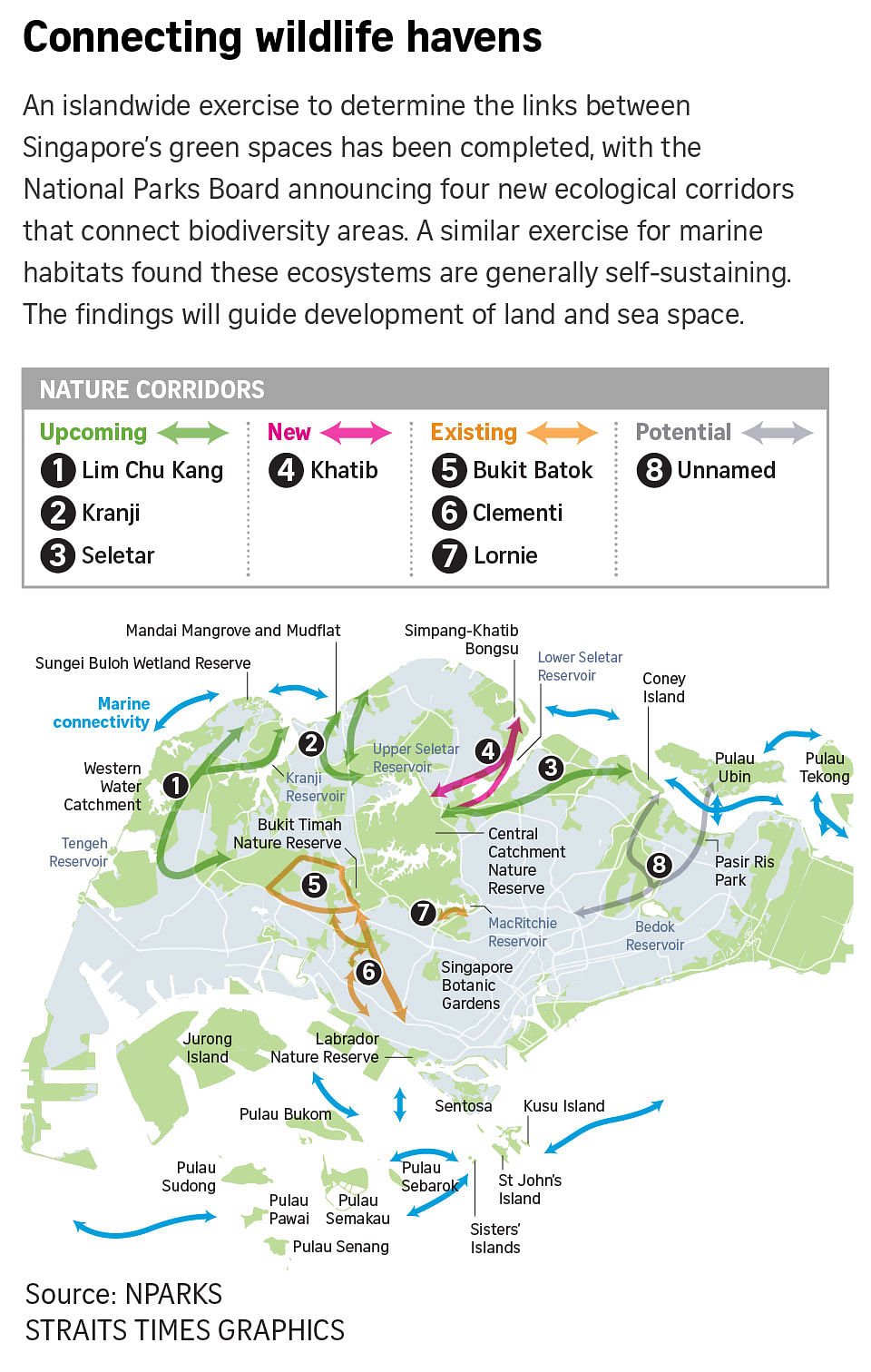
The board said that its study, known formally as the ecological profiling exercise, was conducted in consultation with a 14-member scientific advisory panel.
First announced in February last year and completed earlier this year, the study identified the Central Catchment Nature Reserve and the upcoming Khatib Bongsu Nature Park as core habitats, home to more rare and native species.
To link the two, it has established Khatib Nature Corridor, which comprises forested sites at Springleaf, Tagore, Miltonia Close, along Lower Seletar Reservoir, and the existing Springleaf Nature Park.
The two new parks that are within the corridor will be part of upcoming developments in the Springleaf and Miltonia Close areas.
On Monday, the Urban Redevelopment Authority (URA) announced that homes will be built in Springleaf, which is bounded by Seletar Expressway, Mandai Road and Upper Thomson Road.
A new park - Nee Soon Nature Park - will be part of the new developments in the area and contain a rare freshwater swamp forest habitat.
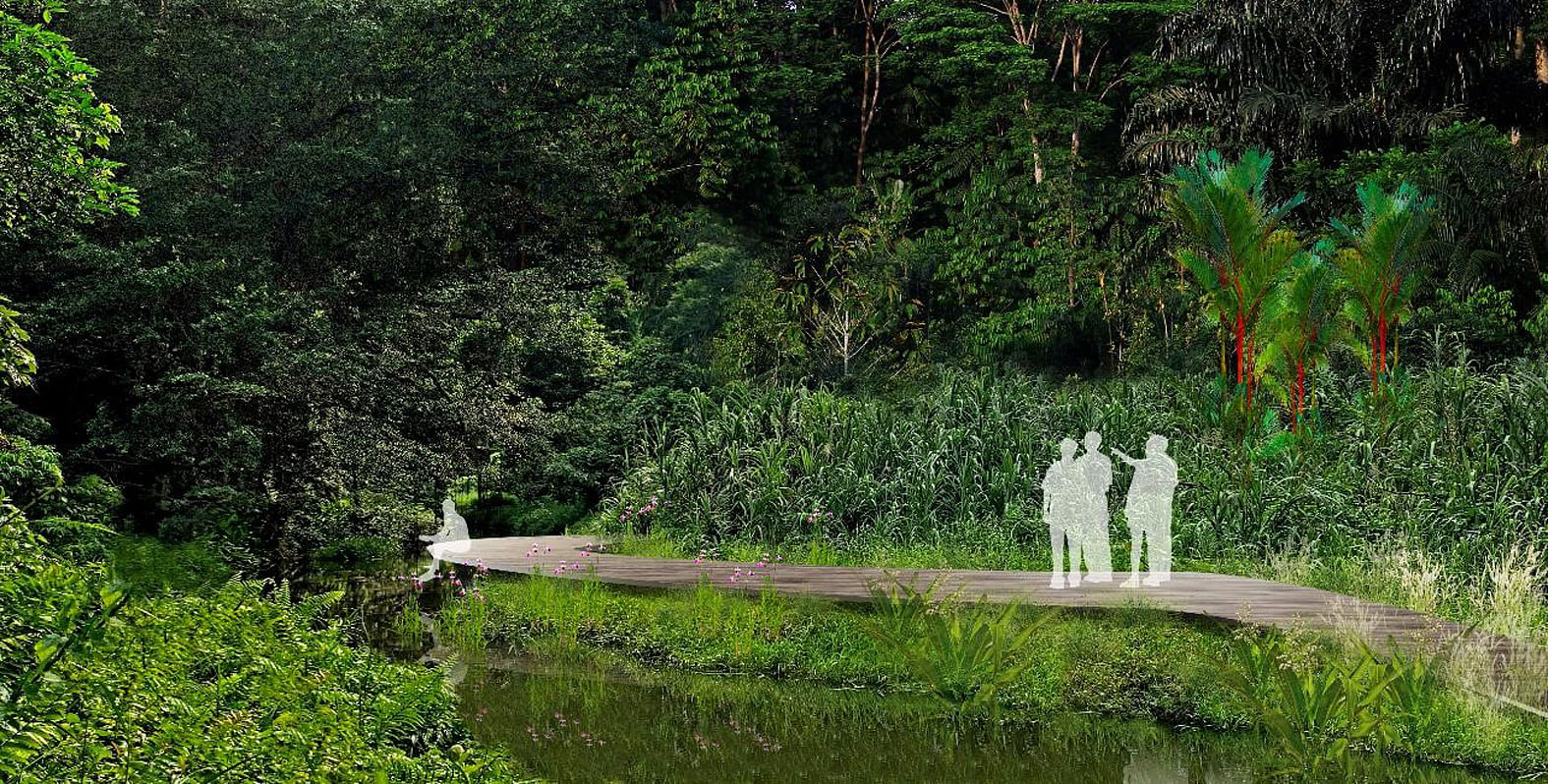
At about 10ha to 15ha, the new park will act as an extension of Nee Soon Swamp Forest, which is within the Central Catchment Nature Reserve - Singapore's last remaining primary freshwater swamp forest.
The park also acts as a buffer for the nature reserve, and will be completed in tandem with mixed-use developments in the area.
Meanwhile, a 6.4ha nature park will be opened in Miltonia Close, an area that the Housing Board is working to develop.
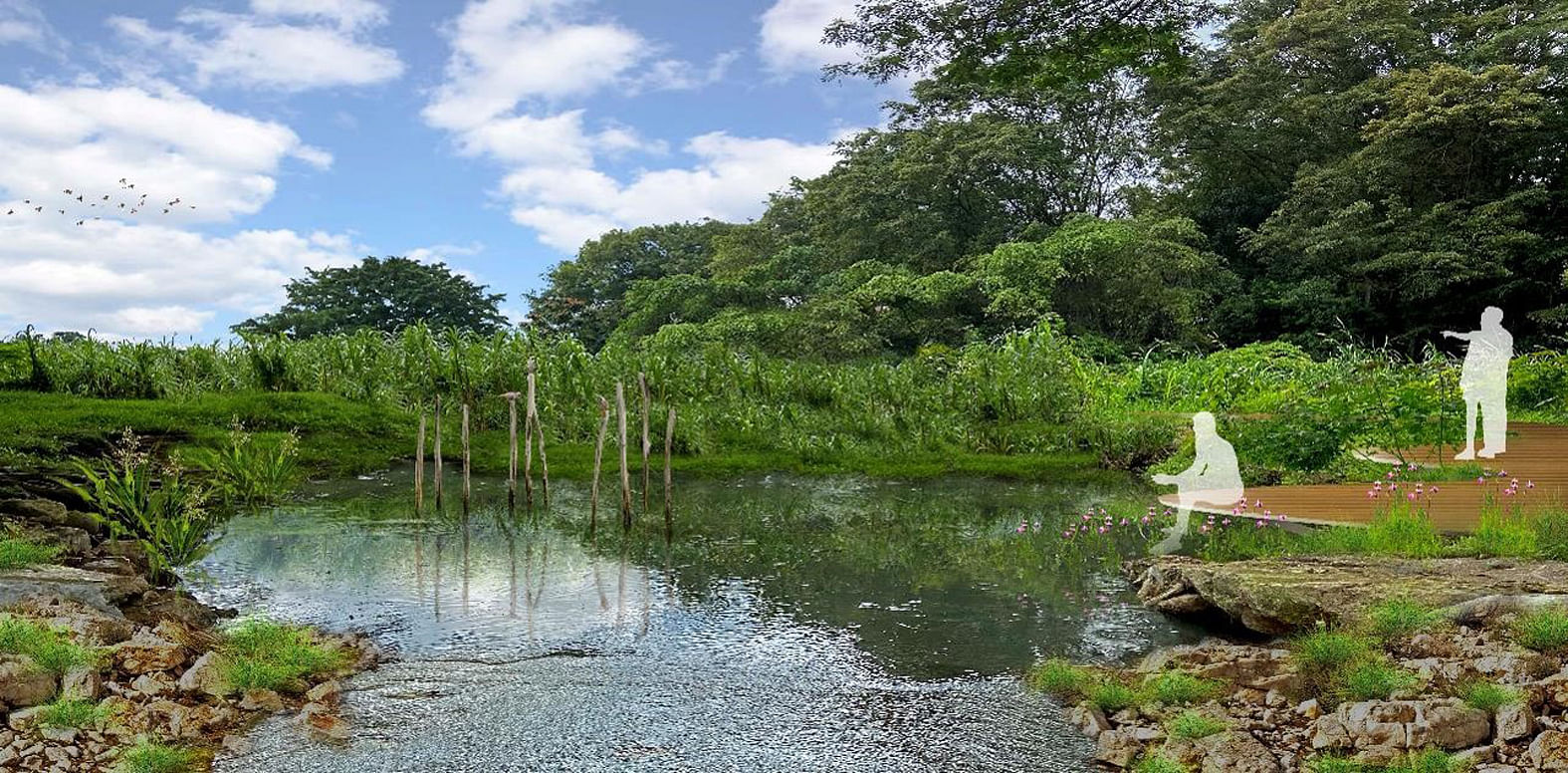
NParks said it worked with HDB to set aside this park, which is a stepping stone for wildlife between Khatib Bongsu and the Central Catchment area.
A natural stream and riparian habitat that runs through the area will be retained, as well as part of a forested area. Riparian habitats are situated next to rivers or streams.
Establishing this park supports the conservation of significant coastal flora, such as the panaga laut, and fauna species, such as the red-tailed pipe snake and the buffy fish owl, said NParks.
The park will be completed alongside HDB developments in the area.
The nearby Lower Seletar Reservoir Park will get a 16.5ha extension, along the reservoir's northern bank.
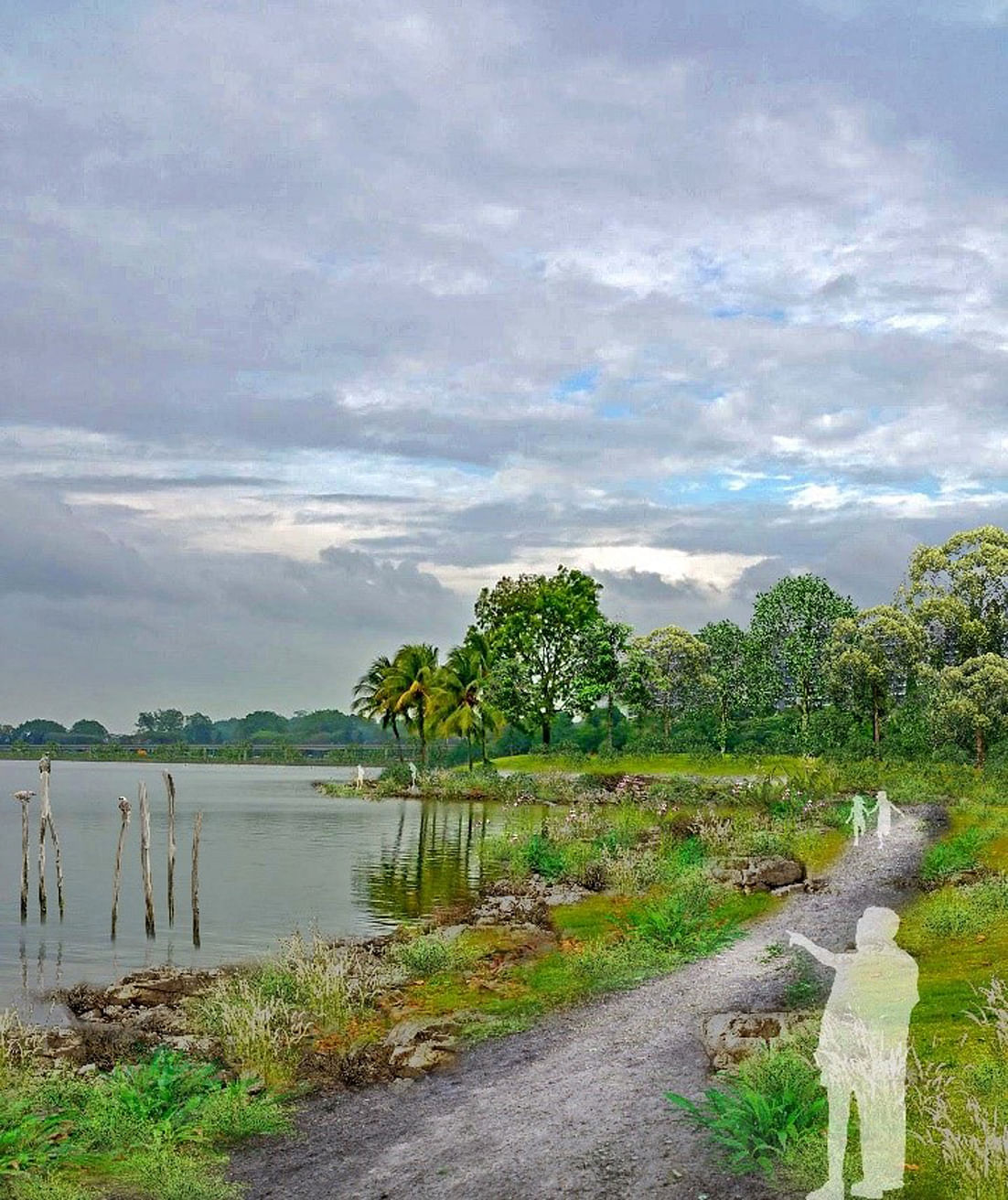
NParks said it will study conducting habitat restoration along the waterfront when Orchid Country Club, which currently occupies the site, is returned to the state after 2030 - its lease expires on Dec 31 that year.
The extension will be completed when the land occupied by the club is redeveloped.
In addition to these, more than 20km of new trails for recreation will be added in the Lower Seletar Reservoir and Khatib areas, bringing the total length of trails there to 80km.
Botanist Shawn Lum, who was part of the study’s advisory panel, said the study combined expert knowledge of local ecosystems with rigorous, data intensive, model-based planning.
“We kept what we’ve been traditionally good at and combined it with the latest in analytical approaches to come up with results that neither approach could have achieved alone,” he said.
He added: “The Seletar corridor was particularly interesting in that the exercise highlighted potential connectivity that had not been given much attention previously.”
For this corridor, Dr Lum said modelling pointed out the ecological value of the overlooked area, and expert knowledge helped shape the path and configuration of the identified corridor.
“We kept what we’ve been traditionally good at and combined it with the latest in analytical approaches to come up with results that neither approach could have achieved alone,” he said.
He added: “The Seletar corridor was particularly interesting in that the exercise highlighted potential connectivity that had not been given much attention previously.”
For this corridor, Dr Lum said modelling pointed out the ecological value of the overlooked area, and expert knowledge helped shape the path and configuration of the identified corridor.
Meanwhile, NParks announced on Monday that it has also completed an ecological study of Singapore's marine environment, which - like the dry land study - identifies links between key coastal and marine habitats.
The study found that Singapore's marine ecosystems are generally self-sustaining, which means that local habitats are able to supply themselves and each other with marine organisms that help the habitats thrive, and are not reliant on habitats abroad.
A method called agent-based modelling was used to predict where marine organisms move to and settle down. This involves computational modelling that simulates the movement and interactions of organisms within the marine environment.
The simulations factor in source habitats and currents.
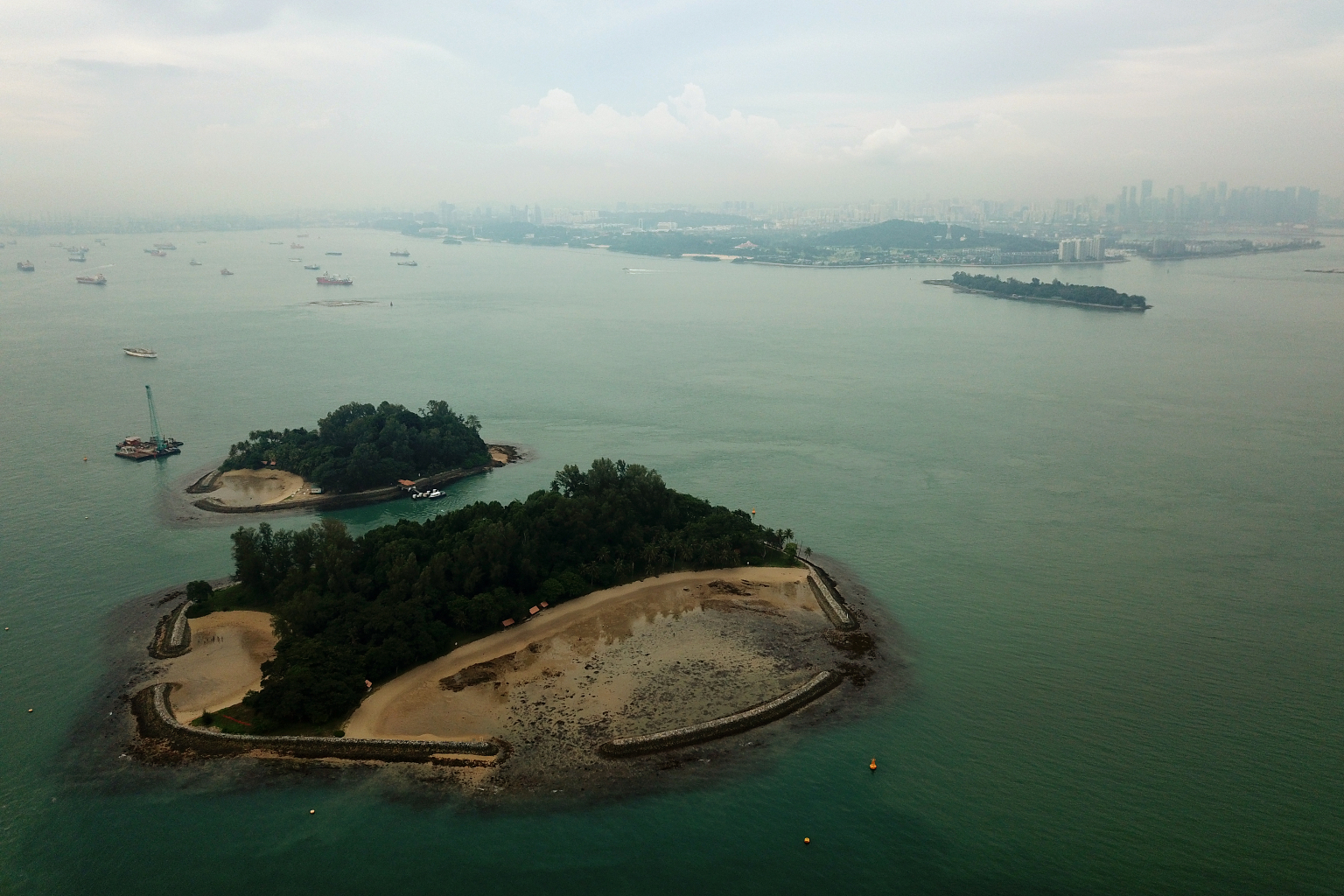
Four representative marine organisms were used in the simulations - mangrove propagules, seagrass fragments, sea star larvae, and coral larvae.
Connections were corroborated using genetic studies, where the genes of organisms from different habitats were compared to confirm that they were related.
The study established that there was marine connectivity between various habitats here, such as Sisters' Islands and other islands to their west. Links between northern habitats in Khatib Bongsu, Pulau Ubin and Pulau Tekong were also found.
The study will guide the development of Singapore's sea space, which could include reclamation, or the placement of anchorages and caged farms.
National University of Singapore marine biologist Huang Danwei, who was consulted on the study, said that apart from Sisters’ Islands Marine Park, other good source sites for marine larvae are Kusu Island, and to some extent, Changi Beach.
These have necessary genetic variation that will be able to seed other reefs with diverse coral larvae when their corals are under stress and die, he said.
He added that the study is a continual, dynamic process that must consider new data produced by future studies, and also incorporate ongoing shifts driven by climate change and other impacts.
As sea temperatures rise, more reefs are expected to undergo coral bleaching, he said, which may change the relationships between habitats.
National University of Singapore marine biologist Huang Danwei, who was consulted on the study, said that apart from Sisters’ Islands Marine Park, other good source sites for marine larvae are Kusu Island, and to some extent, Changi Beach.
These have necessary genetic variation that will be able to seed other reefs with diverse coral larvae when their corals are under stress and die, he said.
He added that the study is a continual, dynamic process that must consider new data produced by future studies, and also incorporate ongoing shifts driven by climate change and other impacts.
As sea temperatures rise, more reefs are expected to undergo coral bleaching, he said, which may change the relationships between habitats.

